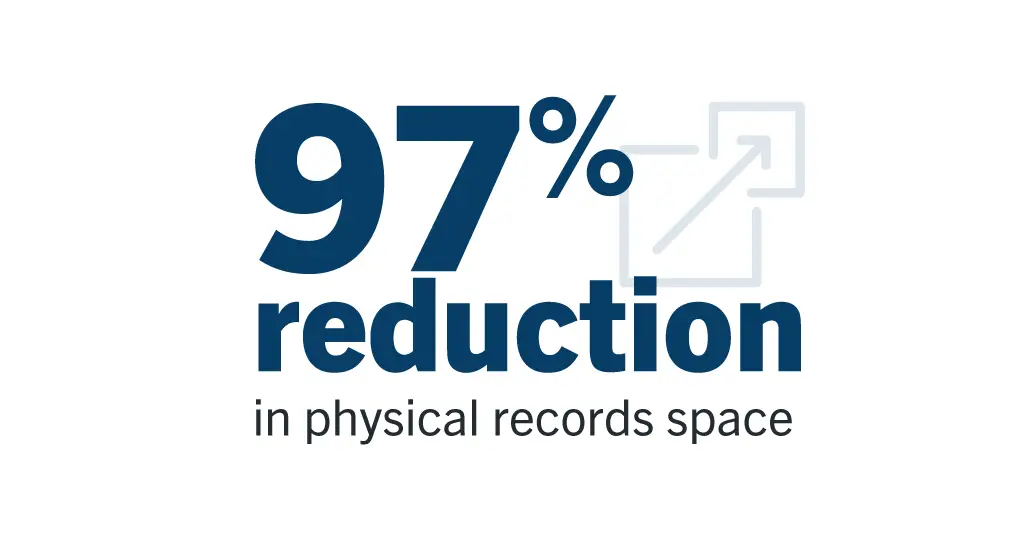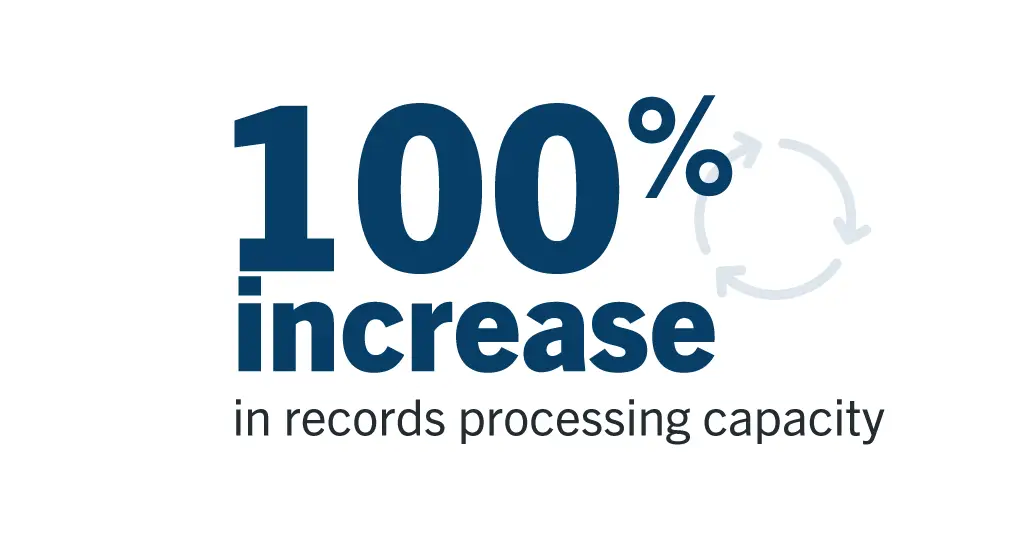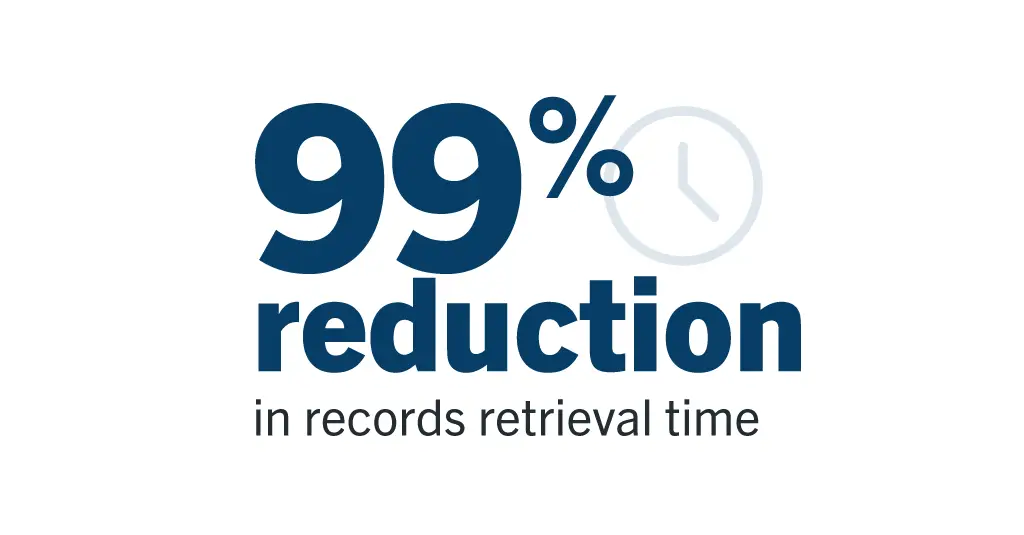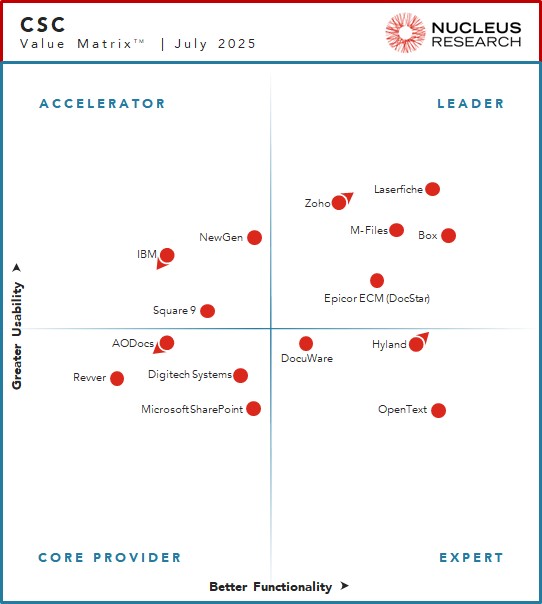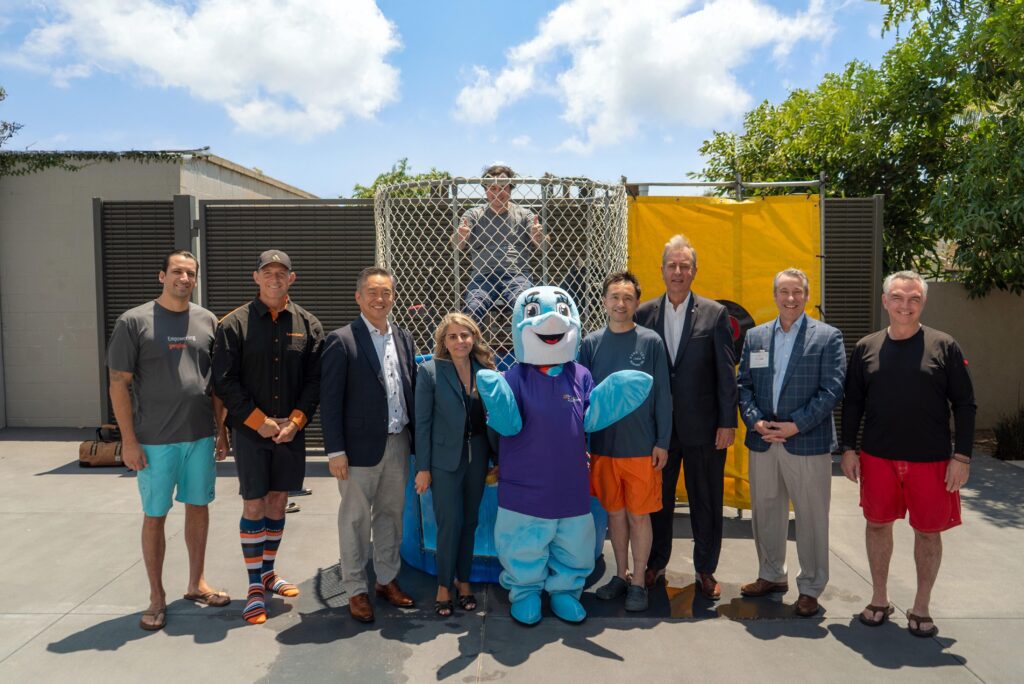For mental health service professionals, patient care time is often consumed by administrative tasks. Faced with documentation, lengthy processes, and complex regulatory rules, physicians can spend over 15 hours per week on paperwork and administration.
These manual administrative processes are a hindrance for any organization — but in healthcare, they can mean the difference between spending time pushing paper or delivering life-saving patient services.
At the Nueces Center for Mental Health and Intellectual Disabilities (NCMHID), which serves thousands of individuals, response times are everything. The county relies on the organization’s 300 staff for crisis intervention services, youth and adult mental health services, and intellectual and developmental disability services.

Carlos Cavazos, system analyst at NCMHID, believes that by streamlining processes, he can alleviate staff workload to prioritize patient care. His philosophy? “If I can help a person go home without any headaches, I’ve done my job,” said Cavazos. His tool of choice? Laserfiche.
NCMHID has used Laserfiche process automation to systematically reduce wasted time, improve accountability, and eliminate costs associated with paper and manual tasks. This optimization has improved process efficiency by up to 99%, replacing manual workflows with configurable forms and process automation.
Standardizing Incident Reports to Enhance Accountability
Initially, NCMHID used Laserfiche for medical record scanning and storage. After discovering Laserfiche’s powerful process automation capabilities, Cavazos started to automate simple tasks like business card creation. These small projects made a huge impact — relieving HR staff of handwritten forms or typing information into Microsoft Word — leading to more automated processes across the organization.
After the initial success, NCMHID began tackling more complex processes, including streamlining incident reports. As a critical piece of safety and risk management, incident reports are of the utmost importance to NCMHID. The State of Texas Health and Human Services requires staff to submit reports within an hour of the incident.
The legacy process used paper forms that were physically delivered from one person to the next, sometimes between different buildings in different cities. This manual approach led to lost documentation and delayed approvals. Because there was no visibility into the form status, it was challenging to hold staff accountable for punctual completion. There was also no way for the organization to track and identify trends to prevent future incidents. Executive reporting was equally challenging. Gathering incident data for executive review could take up to a month, requiring staff to search through file cabinets for information.
The process was replaced with a tailored Laserfiche form, making reporting more intuitive for case managers. As they fill out the form, dynamic fields enable employees to report when medical attention was necessary. Form submissions kick off an automated workflow that gathers signatures from medical staff.
Laserfiche process automation routes these forms to appropriate supervisors for review and approval. Case managers are expected to complete the form within an hour of the incident. If they do not:
- Laserfiche sends an email notification to remind the case manager to complete the form.
- Simultaneously, Laserfiche sends a notification to inform the operations officer.
- Hourly reminders are sent thereafter until it’s submitted.
Once the form is submitted, incident reports go to service directors and then to a repository where they can be easily referenced for executive reports.
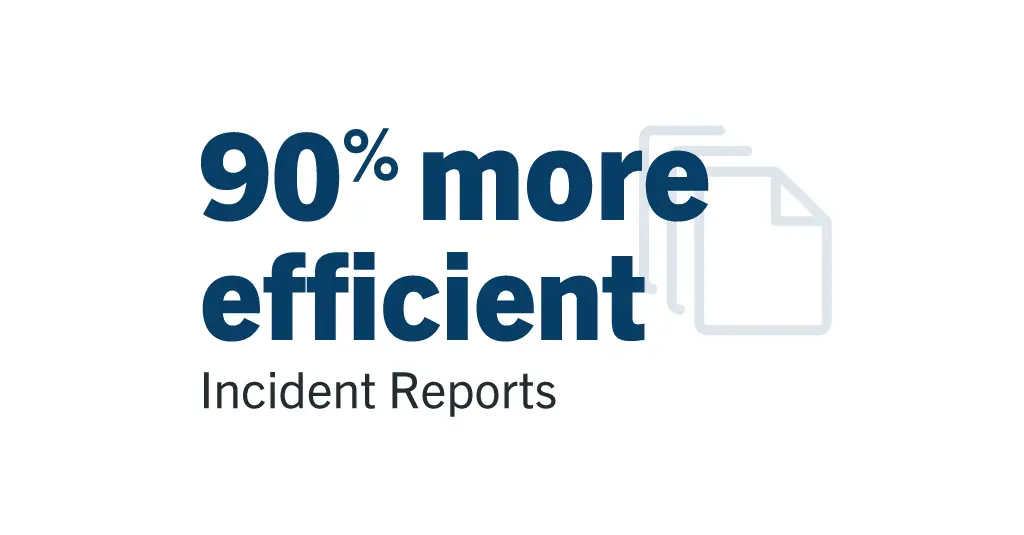
The organization enhanced the efficiency of the incident report process by 90% with Laserfiche Forms and process automation. The automated workflow prevents lost documentation, improves traceability, and saves valuable staff hours digging through filing cabinets. For NCMHID leadership, this process brings real-time visibility into incident trends and supports compliance, ultimately preventing incident recurrences.
Supplementing Electronic Health Records with Secure Long-Term Records Storage
Prior to Laserfiche, NCMHID’s approach to storing business documents and archived medical records relied on paper and disjointed servers. Imagine: a surprise audit requiring archived business records, or a client needing medical proof of care for benefits. For Cavazos and his team, handling these requests meant rummaging through filing cabinets and different servers that could take up to two months.
This system wasn’t just a time drain. Complying with HIPAA regulations without audit tracking and security functions became a headache when storing records across various mediums.
Cavazos recognized an opportunity to enhance the organization’s records management with Laserfiche’s repository and information governance capabilities.
Laserfiche’s central repository transformed how NCMHID managed its records. What was once a time-consuming search for records became a few clicks through the repository. Robust security tools help the organization authorize granular access to sensitive medical records, supporting NCMHID’s HIPAA compliance practices.
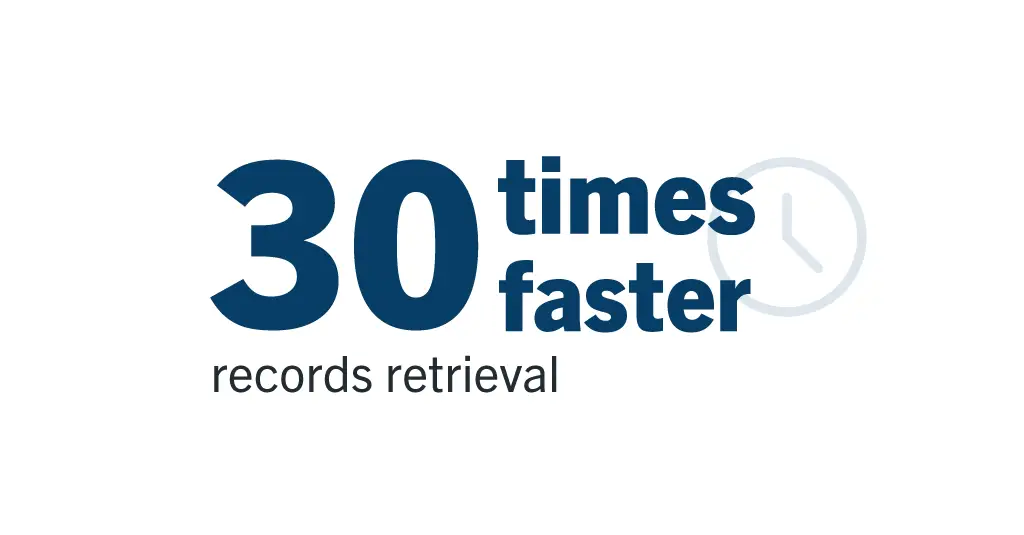
As a result, NCMHID can retrieve records 30 times faster with Laserfiche. When a client was due back pay and needed medical documentation indicating proof of care, “we were able to obtain all their records, stamp them, and present them to the client in no more than a day,” Cavazos described. “It was so easy for us to find them.”
Enhancing Cross-Functional Processes
NCMHID’s use of Laserfiche now extends organization wide. Cavazos has used Laserfiche to automate processes including travel reimbursement, a complex process that requires cross-departmental authorization.
Cavazos automated mileage and travel reimbursement calculations through Laserfiche Forms based on:
- Vehicle information
- Airfare
- Dates of travel
- Meals
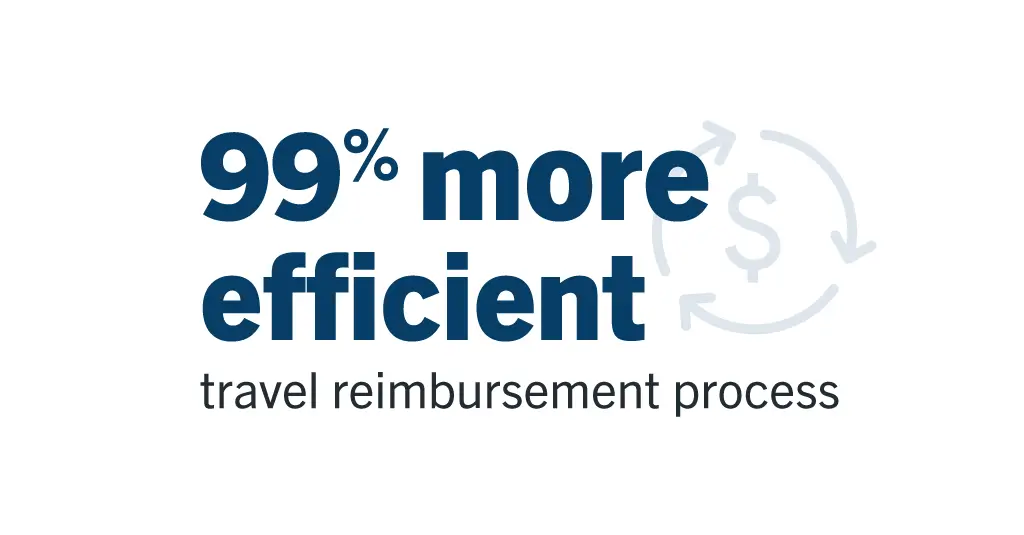
Using a centralized form, staff can submit requests for manager approval and payroll reimbursement within seconds rather than days, making the process 99% more efficient. This streamlined process not only accelerates payout time, but also ensures documentation is consistently organized and accessible. As a result, audits became noticeably quicker, from a day of rummaging through cabinets down to seconds through a search query.
Looking to the future, Cavazos aims to implement new automations including document retention schedules, and a repository integration with Power BI. Cavazos is confident in Laserfiche’s ability to create meaningful change for his coworkers’ workflows.
“I’ve made people’s life easier with Laserfiche,” said Cavazos. “They get to go home without stressing over processes. I tell them, ‘Don’t worry. Laserfiche has it covered.’”
